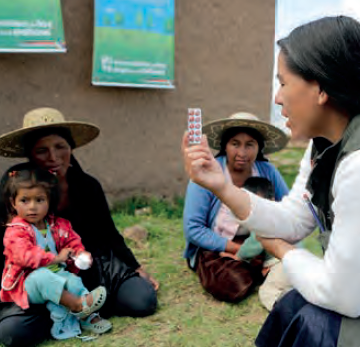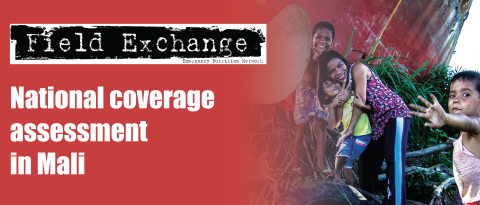Lack of progress in reducing anaemia among women
 Summary of article1
Summary of article1
Location: Global
What we know: Anaemia is a persistent condition amongst women and children under 5 years of age and prevalent worldwide.
What this article adds: There is a strong causal link between maternal iron-deficiency anaemia and adverse birth outcomes, including maternal death. Consequently, the MDG target to reduce maternal mortality is unlikely to be achieved. A new global anaemia reduction target has been set to stimulate accelerated scaled up multi-level action.
According to a short article in the Bulletin of World Health, most of the 1.62 billion people currently affected by anaemia are women or young children. Since 1995, the global prevalence of anaemia among non-pregnant women, pregnant women and children aged less than five years, has fallen only slightly: from 33 to 29%, 43 to 38% and 47to 43% respectively. Although the corresponding prevalence of severe anaemia has shown more substantial declines over the same period – from 1.8 to 1.1%, 2 to 0.9% and 3.7 to 1.5% respectively, the global prevalence of anaemia only fell by 0.2 to 0.3 percentage points between 1993 and 2013. Anaemia in women – especially among non-pregnant women in central, northern, and western Africa, central Asia and the Middle East and among pregnant women in southern Africa and southern Asia - is a particularly persistent problem.
Although Goal 5A of the Millennium Development Goals (MDGs) was to reduce the maternal mortality ratio2 by 75% by the end of 2015, this ratio has only fallen by 47% during these two decades. The results of a recent meta-analysis indicated a strong causal link between maternal iron-deficiency anaemia and adverse birth outcomes. A strong association has been found between moderate to severe anaemia at 28 weeks gestation and the severity of intra- and postpartum haemorrhage, which causes 23% of maternal deaths. Goal 5A is not likely to be achieved even in the post-2015 era unless anaemia in women and its underlying causes are addressed more effectively.
The six global nutritional targets set by the World Health Assembly (WHA) in 2012 included a 50% reduction in the number of women of reproductive age affected by anaemia with respect to the estimated number for 2011. It is hoped that the setting of this 2025 target will help to stimulate both the scale up of existing interventions and new concerted, accelerated and sustained multilevel action.
In analysis of national nutrition policies by the World Health Organisation (WHO), iron supplementation for pregnant and non-pregnant women was found to be the micronutrient supplementation measure that was most often implemented at national scale. Such supplementation can be remarkably successful. In north–western Vietnam, a comprehensive programme of iron supplementation and deworming among women of reproductive age resulted in a 48% decrease in prevalence of anaemia among the target group within 12 months.
Much information on the prevalence and consequence of anaemia is available. Anaemia reduction is incorporated in the policy frameworks of many countries and the new global anaemia reduction target should inspire the relevant stakeholders to support the scale-up of effective interventions. Sadly, with time running out, MDG target 5A is unlikely to be achieved in many countries.
1 Branca F, Mahy L and Mustafa T (2014). The lack of progress in reducing anaemia among women: the inconvenient truth. Bulletin of the World Health Organisation 2014; 92.231 | doi:http://dx.doi.org/10.2471/BLT. 14.137810
2 The number of maternal deaths per 100,000 live births


